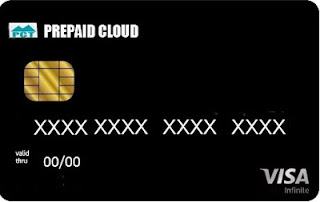
But why is it so difficult to make change in the world with the spoken word, being that we are the only ones on Earth having the power of a high-functioning language? Let us learn from the best speakers of human history.
Several people on a frigid January morning in San Francisco back in 2007, waited in long lines and even camped for the entire night outside the entrance of the Moscone Center. Soon putting their anticipation to peace the lines opened and after thorough security checks upon seating in an auditorium entered a soft-spoken man wearing his patent turtleneck t-shirt and a pair of denims. What happened next is written in the pages of history, as Steve Jobs of Apple Inc. unveiled their landmark device, the iPhone.

Most people who have attended product launches and speeches made by this extraordinary man have said that he was able to transform a typically dry, apparently boring, technical and plodding slideshow of gadgetry into a theatrical event. His speeches and presentations included the perfect storyline of a hero, a villain, supporting casts and amazing backdrops. Most people who have witnessed him speak in public have described the experience as anextraordinary experience.
Most speakers usually only focus on crafting a speech that is populated with big words, positive clichés of idioms placed out of context and sometimes forced wit. But the secret to being a captivating speaker lies not in the content of your speech only but also in your ability to connect with the audience.
Here is how you can be a captivating speaker and win a whole room full of audience:
Avoid defaming your contemporaries:
Speaking about other people behind their backs is a common habit seen in people, but doing it on stage can have serious implications towards your brand or business idea. Most people have difficulty in trusting such individuals as it is evident that the person speaking about someone else behind their backs will also do the same about us. Thus, often most people turn a blind eye (or rather ear) to whatever such people have to say, even if what they have to say is truly important. So, avoid slandering others in your speeches and presentations at all costs to connect better to your audience. Bad mouthing others will disengage your audience and will have a negative impact in your speech.Do not start with a PowerPoint, but with paper:
It is best to always have a story to tell when speaking to a crowd. Start by outlining this story on paper, then make efforts to gradually weave in meaning to that story with supporting data, examples and other supporting points (perhaps latest research findings) and include seamlessly into your story-telling outline.The most captivating communicators always carefully plan and painstakingly design a storyboard, then script and rehearse their presentations almost like an Oscar-aspiring movie Director would prepare his film for the big premiere. Never try to wing it with cobbled up slides that your team used at some point of time further peppering it with a few stock photos.
Follow the 3 acts approach to tell your story:
Usually the most successful presentations follow some sort of modification of the following, 3 Acts format:- Introduce yourself (who am I)
- What do I do or what my organization does
- What sets apart my product/idea/company/services from the others
- Why should you support my idea/ buy my product/ invest in me now
The main objective of the three acts approach from the audience's point of view can be outlined as follows:
- Why should I care about your idea
- How will your product/idea help me or make my life better
- What are the actions I need to take

